Frances Wright’s efforts to end slavery and pioneer women’s rights have been long forgotten, but a new book celebrates this unsung Dundee heroine. Gayle Ritchie finds out more.
She was the ‘glorious’ Frances Wright – a bold, brave, pioneering Dundee woman who truly made her mark.
Revered by American poet Walt Whitman, who described her as ‘a most maligned, lied-about character – one of the best in history though one of the least understood’, she made men listen, and having done so, they have been listening to women ever since.
“It’s astonishing that her efforts to end slavery in America and pioneer women’s rights have been long forgotten,” frowns Mike Shepherd, the author of a book published this month that celebrates Wright’s life and legacy.
“She is a woman of our times. Whereas today’s historians have unearthed connections between Scotland and the slave trade, it is frankly quite shocking that her efforts are not more widely recognised.”
Retired geologist Mike, who is based in Cruden Bay in Aberdeenshire, has written books about the Scottish origins of Dracula, the secret history of Slains Castle, and the North Sea oil industry.
His latest book, North Sea Heroes: True stories from a Scottish Shore, includes seven true adventure stories, including three chapters about Wright.
Prepare to be astonished
“Anyone who reads these should be prepared to be astonished that this woman isn’t famous!” says Mike.
“As far as Dundee goes, she has a nursery named after her and a plaque on a wall of her birthplace in Dundee. But that is all.
“In essence, she’s the Dundee woman who tried to eradicate slavery in the United States and ended up emancipating women.
“Her story, along with that of six others, are true stories of heroes and their derring-do linked to the east coast of Scotland – stories that should be famous but are surprisingly little-known.”
Enduring fascination
A keen historian, Mike “discovered” Wright through his enduring fascination with Walt Whitman.
Her book, A Few Days in Athens, helped to shape Whitman’s world view, and Mike was curious to find out more.
“I found that to read about Frances Wright is to fall in love with her,” he reflects.
“She was a selfless and courageous woman dedicated to making the world a better place. Oh, and how she tried to do that.
“It was the 1820s when she took action to end slavery in the USA and to pioneer woman’s rights, and yet her words still strike a very modern note.
“For example, her struggle to promote woman’s rights against opposition from an alliance of the Church and politicians is still happening in the US.”
Becoming a celebrity
Mike’s book kicks off with Wright, sometimes known as Fanny Wright, in 1844, visiting her native Dundee where she has legal matters to deal with.
“Now 49 years old, Frances is famous – and the news of her arrival ‘soon spread through the town’,” writes Mike.
“Because of her celebrity, local bookseller James Myles is eager to secure an interview, describing her as ‘a woman whose eloquence has gone so far as to effect a revolution in the mind of America’.
“He intends to publish her biography, knowing it will sell many copies.
“Myles finds Frances ‘among the tallest of woman; being about five feet 10 inches high; she walks erect, and is remarkably handsome.
“Her brow is broad, and phrenologically speaking magnificent; her eyes are large, her face is masculine, but well formed.’
“He might also have mentioned her distinctive short curly hair, mostly grey now, having once been reddish-brown in colour.”
Extraordinary
Mike writes that Wright is: “One of the most extraordinary human beings ever to have walked the planet.”
She is ‘the glorious Frances Wright’ according to Walt Whitman who stated: “I never felt so glowingly toward any woman… she possessed herself of my body and soul.’
Whitman saw her in his childhood when he was taken to a lecture theatre in New York and remarked: “It was there that I heard Fanny Wright; the noblest Roman of them all, though not of them, except for a time a woman of the noblest make-up whose orbit was a great deal larger than theirs – too large to be tolerated for long by them.”
Wright wrote with openness and candour about what shaped her outlook on life, says Mike: “So much so, that not only do we get to understand this astonishing woman, we are also given the rare opportunity to satisfy our endless curiosity about how another human being handles this mysterious thing called life.”
Dundee born and bred
Born at 136 Nethergate in Dundee, on September 6, 1795, to Camilla Campbell and her husband James, Wright’s father was a wealthy linen manufacturer, a designer of Dundee trade tokens, and a political radical.
Her siblings included an older brother, who died when she was still young, and a sister Camilla.
Their parents died young, around the age of 29, in 1798, when Wright was just two years old.
I never felt so glowingly toward any woman… she possessed herself of my body and soul.”
WALT WHITMAN
With support from a substantial inheritance, the orphaned Wright sisters were raised in England by members of the Campbell family, who were relatives of their mother.
In 1818, at the age of 23, Frances and her sister Camilla boarded a steamship bound for New York.
Appalled by slavery
Here she was appalled by the presence of slavery, describing it as “revolting everywhere… but to inhale the impure breath of its pestilence in the free winds of America is odious beyond all that the imagination can conceive”.
In the autumn of 1821, she visited France, where she fell under the spell of the Marquis de Lafayette, a French aristocrat and military officer who fought in the American Revolutionary War, commanding American troops in several battles.
He had a huge influence on her, demonstrating that bringing about a revolution was possible.
A dreamer – not a doer
“Frances was not a dreamer; she was a doer,” says Mike.
“And so, in 1825, this woman from Dundee worked out a plan to end slavery in the United States, and then proceeded to carry it out.”
When her first book, A Few Days in Athens, came out in 1822 it impressed both Whitman and Thomas Jefferson, author of the American Declaration of Independence.
She became a US citizen in 1825 and the same year, she founded the Nashoba Commune in Tennessee as a utopian community to demonstrate how to prepare slaves for eventual emancipation.
In the late 1820s Wright was among the first women in America to speak publicly about politics and social reform before gatherings of both men and women.
She advocated universal education, the emancipation of slaves, birth control, equal rights, sexual freedom, legal rights for married women, and liberal divorce laws.
Vocal in her opposition
Wright was also vocal in her opposition to organised religion and capital punishment and as a result was harshly criticised by the clergy and press for her radical views.
She inspired working men’s associations in New York in 1892, although her opponents called these ‘Fanny Wright societies’ as a term of abuse.
In terms of writing, her Views of Society and Manners in America (1821), a travel memoir that included observations on the political and social institutions of the United States, was hugely successful.
She also authored A Plan for the Gradual Abolition of Slavery in the United States Without Danger of Loss to the Citizens of the South (1825).
In addition she co-edited The New Harmony and Nashoba Gazette with Robert Dale Owen in New Harmony, Indiana, as well as other periodicals.
Broken hip
Wright died on December 13, 1852, in Cincinnati, Ohio, from complications of a broken hip after falling on ice outside her home.
She was buried at Spring Grove Cemetery in Cincinnati.
Her name is included on the Reformers Memorial in Kensal Green Cemetery in London and on a plaque at her Dundee birthplace. She was inducted into the National Women’s Hall of Fame in 1994.
“Frances Wright deserves to be celebrated in today’s Scotland, because in Whitman’s words, she is the glorious Frances Wright,” concludes Mike.

- Mike’s book, North Sea Heroes: True Stories from a Scottish Shore, includes seven true stories including that of Frances Wright. Also read about the epic story of survival of the Spanish men shipwrecked on Fair Isle during the Spanish Armada, followed by stories of a most unusual coal mine; a forgotten Jacobite rebellion; the Scottish janitor who made major scientific discoveries; the first flight across the North Sea; and the unexpected reception given to the men from a German U-boat during the Second World War.
- The book is available on Amazon, in good book shops, and the Cruden Bay Post Office.
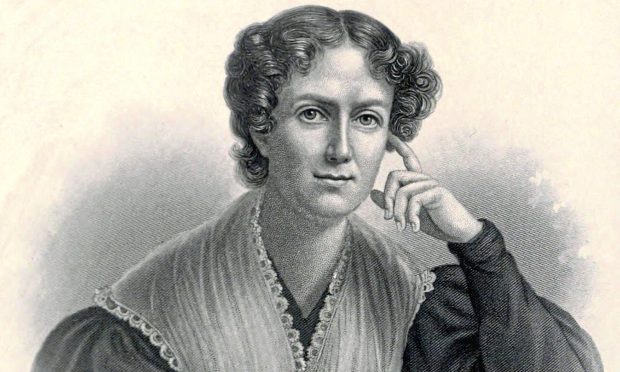
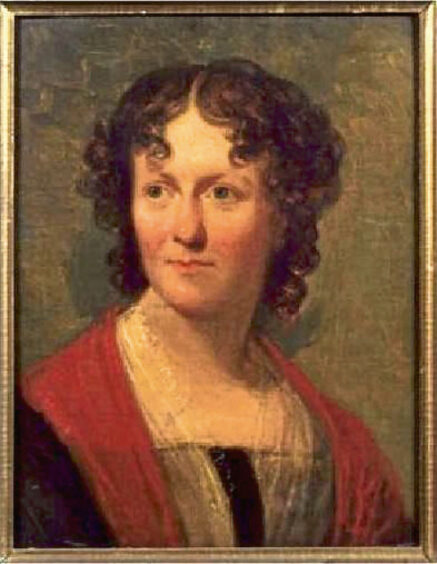
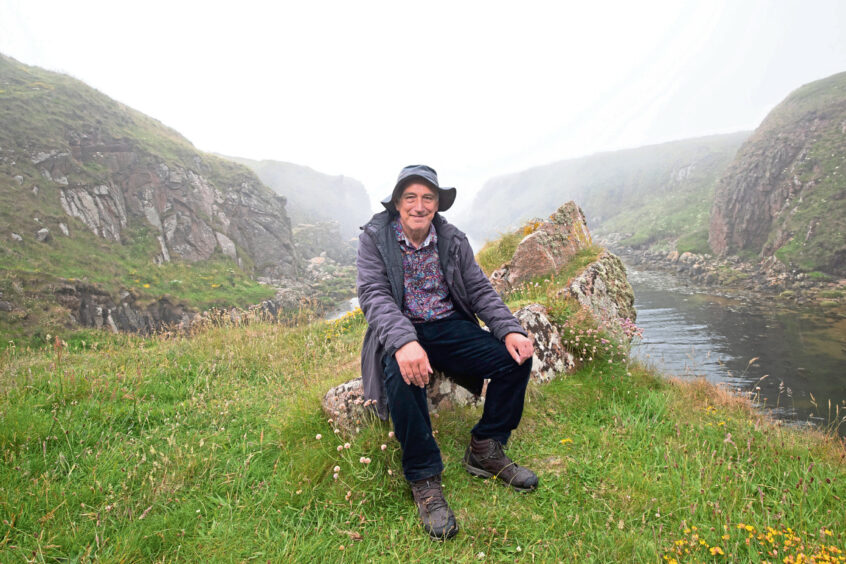
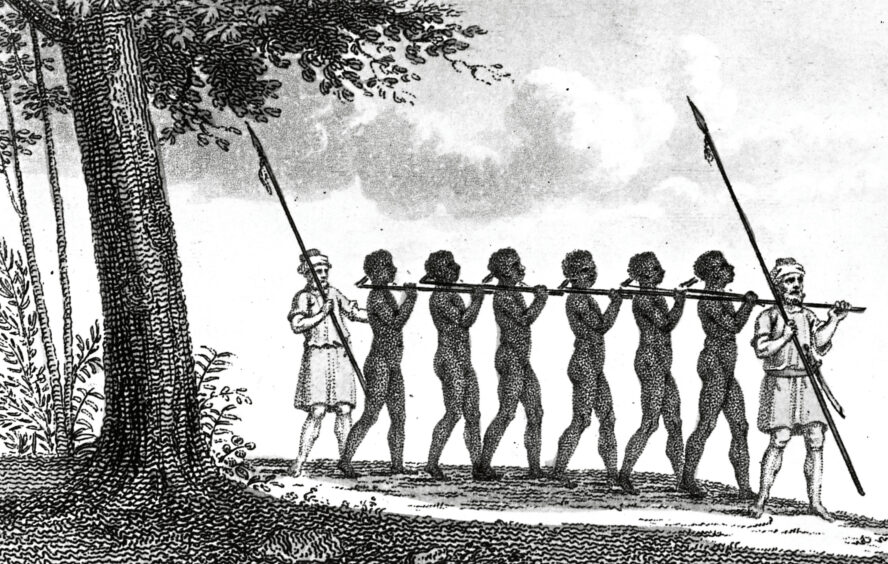
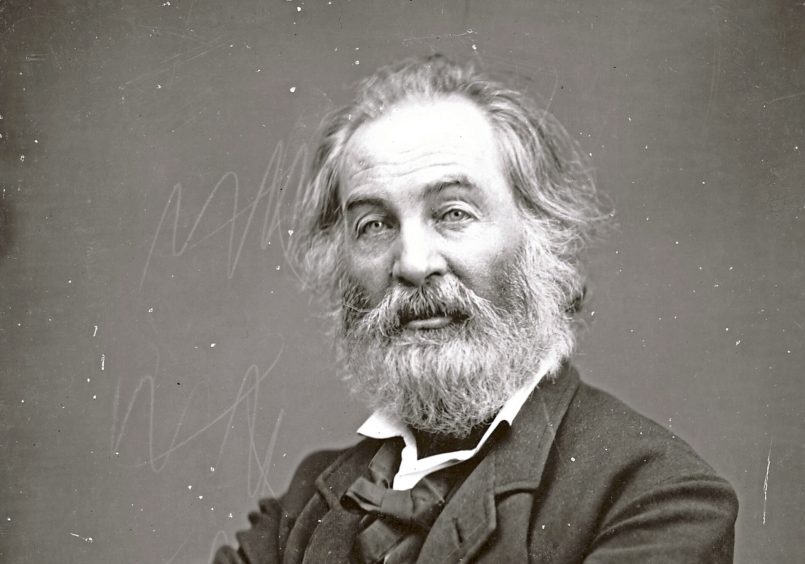
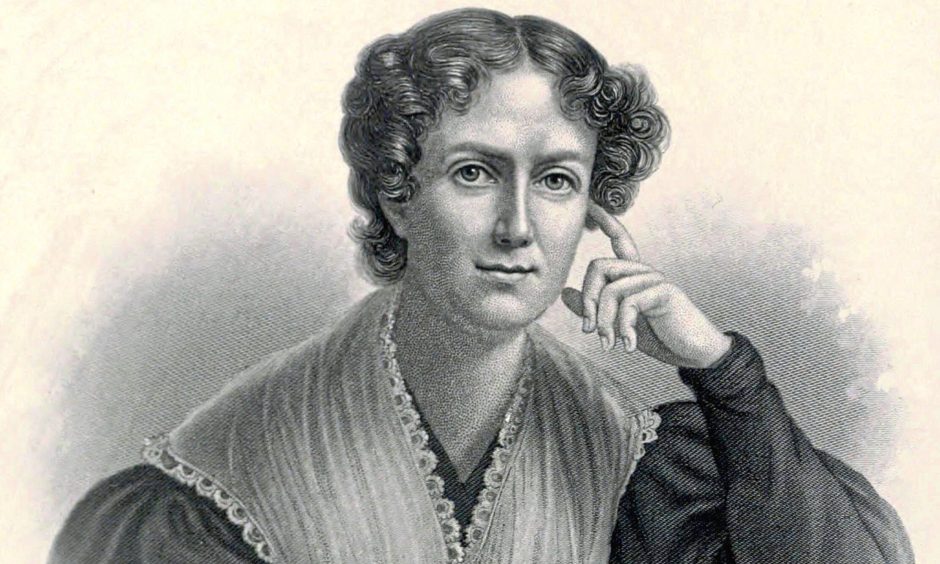










Conversation